



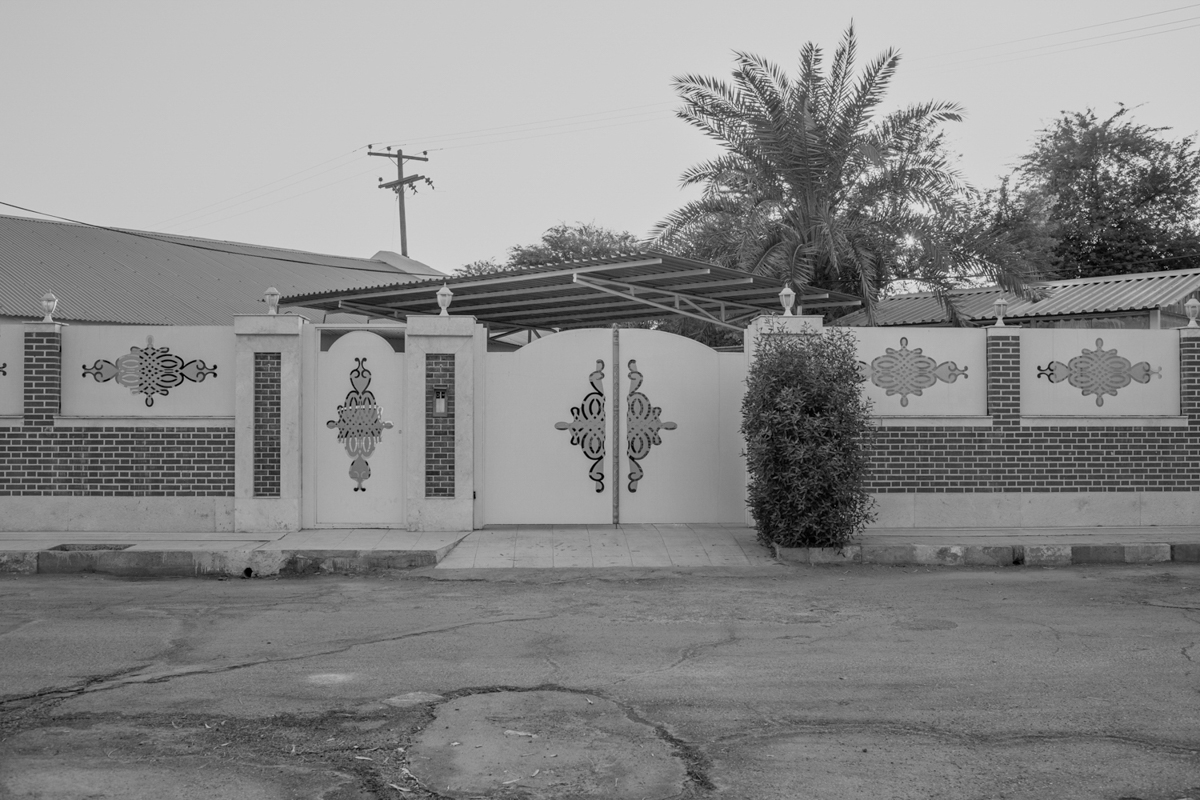






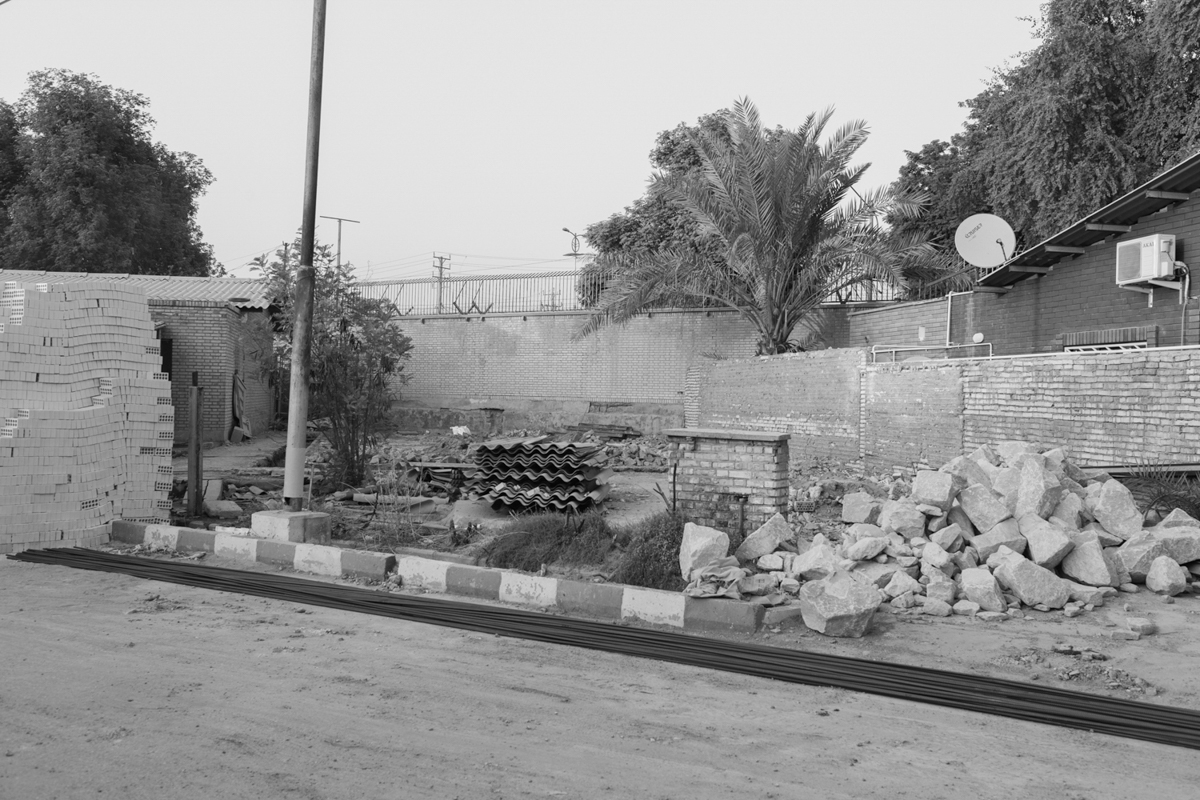
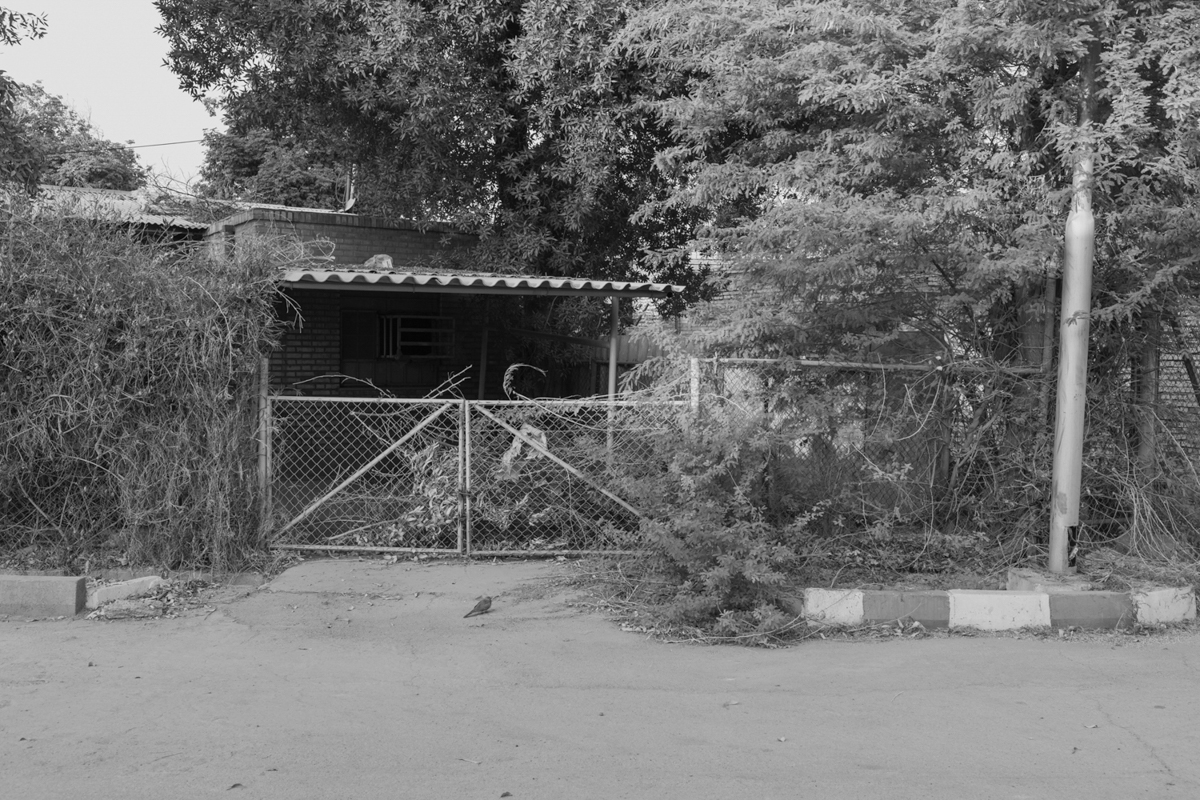


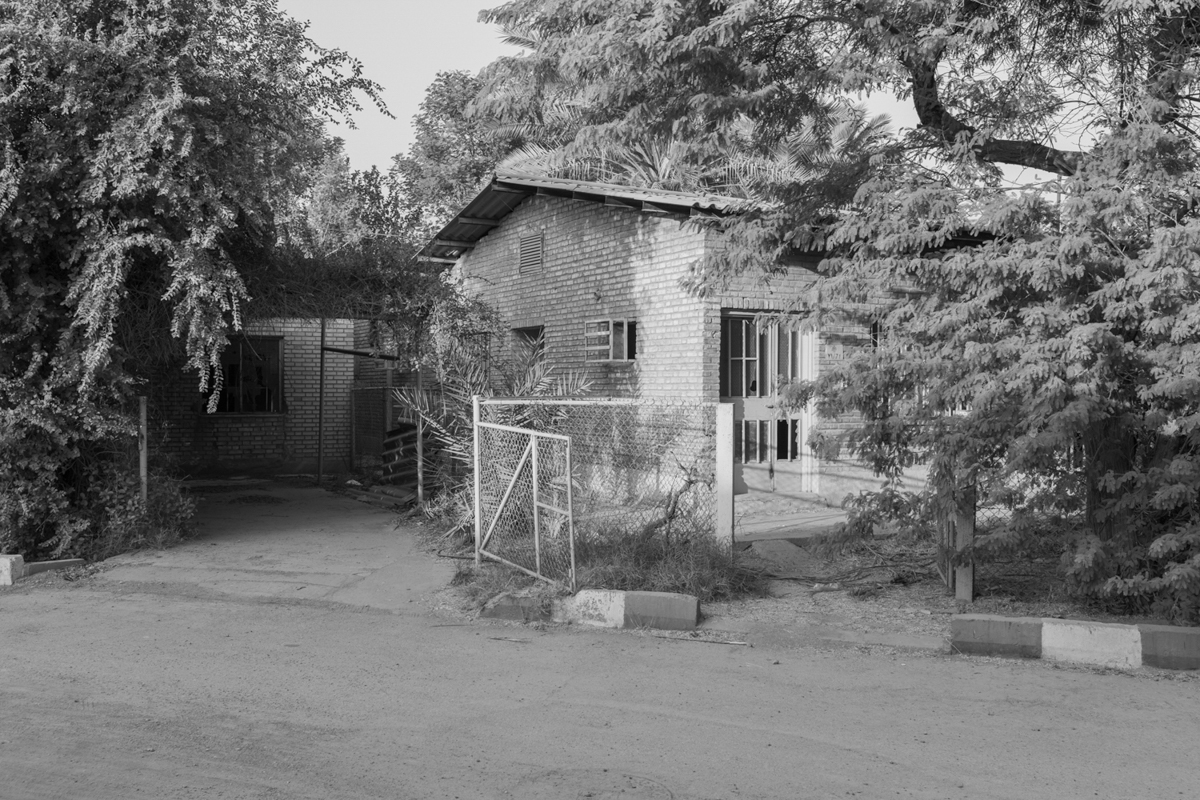

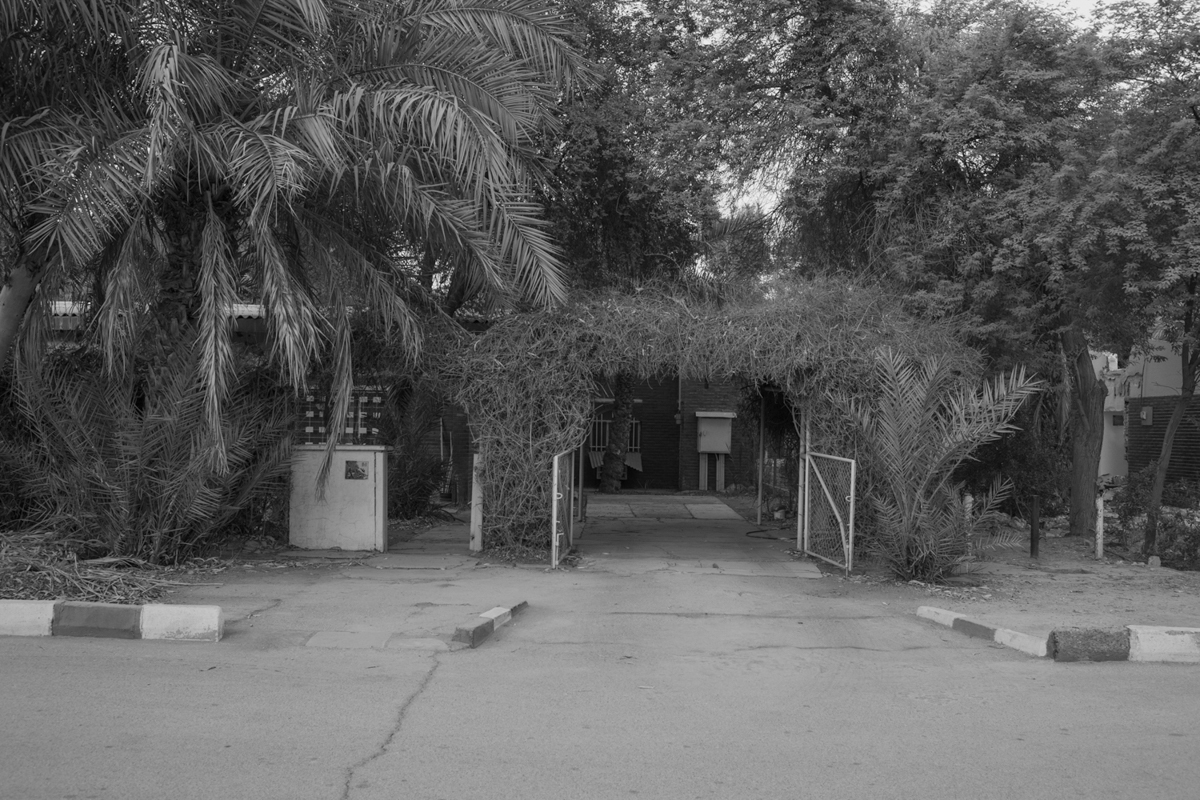



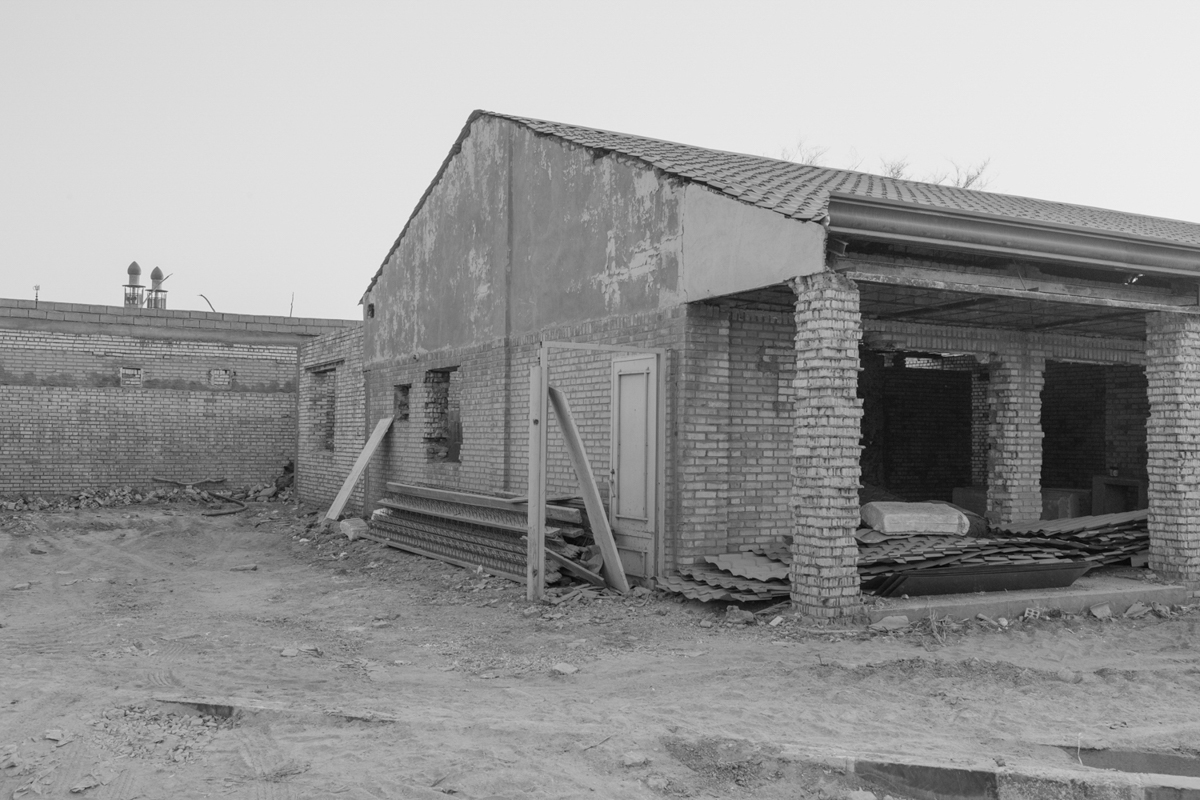

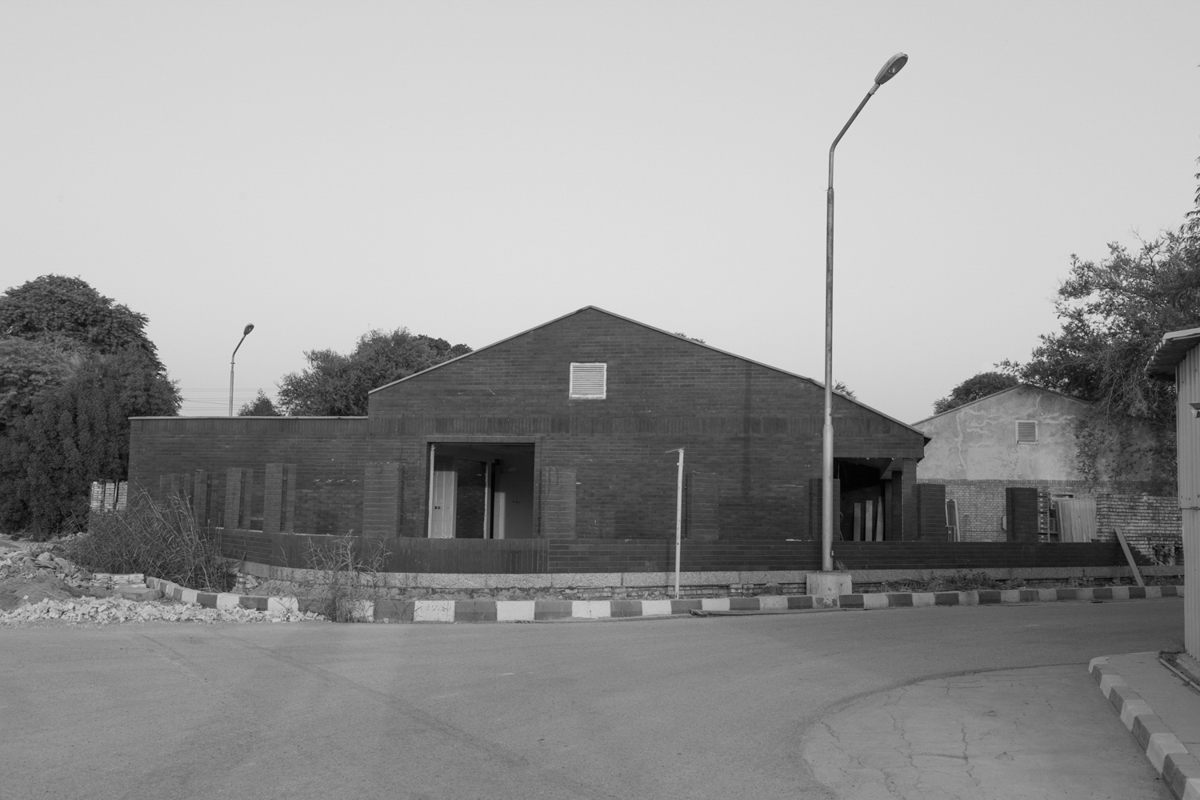
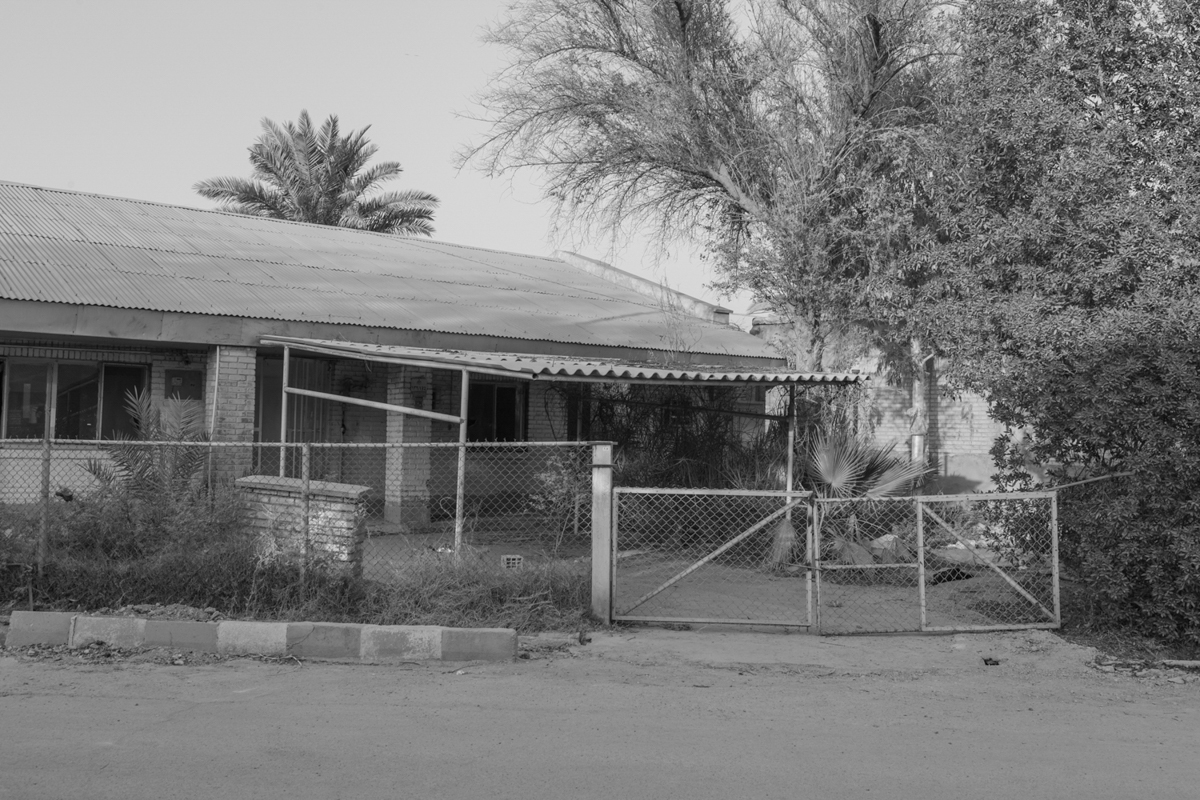

These photos depict a segregated area (now known as Aramesh town) within the Newside neighborhood in Ahvaz, Iran. The area was transferred to the private sector following a contentious judicial process. Subsequently, the private sector sold most of the acquired houses to affluent Ahvazi individuals who sought to build villas to their liking.
Under the supervision of British architects, Newside was built around 80 years ago to house employees of the National Iranian South Oil Company. This area’s architecture is characterized by its extroversion; a democratic architecture that connects private and public spaces. It is a feature rarely seen in Iranian architecture; however, due to NISOC housing in Khouzestan province, such construction has been pervasive in the area and has many admirers. In addition, Newside is known for its amenities, good weather (thanks to adequate urban green space), and good security due to the dedicated security force. Until recently, Newside’s architecture remained the same as when it was built.
In recent years and following new constructions, many newcomers have installed visual barriers on their fences to conceal the inside from the outside. Therefore, with this seemingly minor modification, the former democratic identity of this neighborhood is lost. While some efforts were made to preserve the general identity of its previous architecture, its democratic quality was attacked, leaving us with a paralyzed and paradoxical architecture – let alone the other crude decorations.
Taste can be a factor; however, the main reason for installing this visual barrier may have more to do with protecting private space than with the preferences or beliefs of the new residents. Almost all private space in Iran is inspected and controlled; therefore, even a little privacy may lead to peace. Many, especially the affluent, try to create this privacy by buying houses far from the city center or villas in enclosed towns to avoid the prying eyes of authority. Newcomers in the town of Aramesh often install visual barriers to distance themselves from the lifestyle enforced by the authorities and establish their own way of living at the cost of sacrificing identity, harmony, beauty, and democracy.